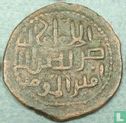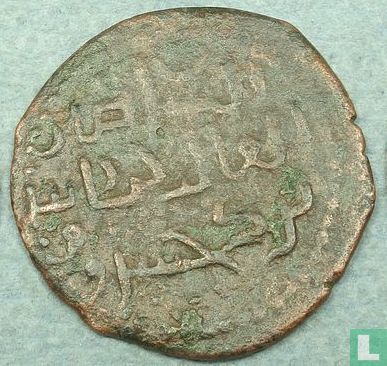

Enlarge image


Catalogue information
LastDodo number
6735495
Area
Coins
Title
Seljuk Rulers of Rum (Central Anatolia, 470-708 AH) 1 fals 1077-1308 CE
Country
Face value
Year
1210
Variety / overstrike
Head of State
Type
Designer
Series
Theme
Material
Weight
4.3
Diameter
22
Thickness
Punch
Shape
Obverse
Reverse
Edge
Privy mark
Mint mark
Number produced
Krause and Mishler number
Catalogue number
Details
The Seljuks’ successful military campaigns against the Byzantine Empire had paved the way for Turkish settlements in Anatolia. A dynasty with close family and political ties to the Seljuks, the Seljuks of Rum, soon became the new, dominant power in the region. “Rum” was the designation used in Arab history for the Byzantine Empire because of its links to the Roman Empire. In the beginning, the Seljuks of Rum ruled from Iznik, but they were soon pushed back eastward by the Byzantines, after which they made Konya their capital. For a century, the Seljuks of Rum were under constant pressure from the Byzantine Empire, various Crusader armies, and competing Turkic dynasties in Anatolia, such as the Artuqids and Danishmendids, which they managed to conquer in 1177. Pressure from Christian powers diminished from 1204, when a Crusader army conquered and plundered Constantinople and left the Byzantine Empire on the verge of collapse.
With the Mongol victory in 1243 at the battle of Köse Dagh, east of Sivas, the independence of the Seljuks of Rum was at an end and they became vassals. From 1308, after the death of their last sultan, their territory was incorporated into the Il-Khanid Empire.
Anatolia did not come under Islamic hegemony until the advent of the Seljuks of Rum, and elements from Byzantine, Armenian, and Georgian culture and art lived on – like the peoples themselves – under the new rulers.



